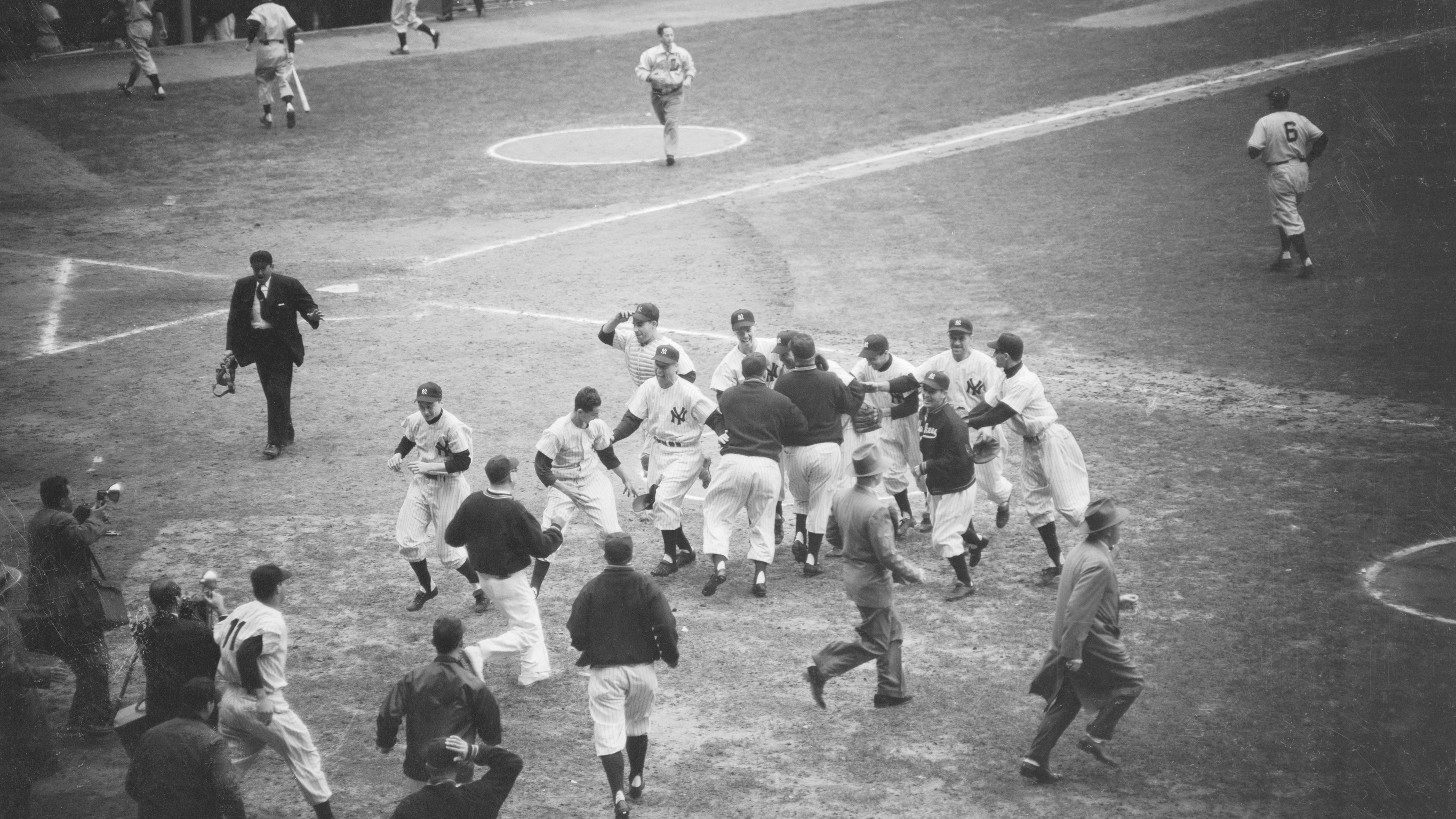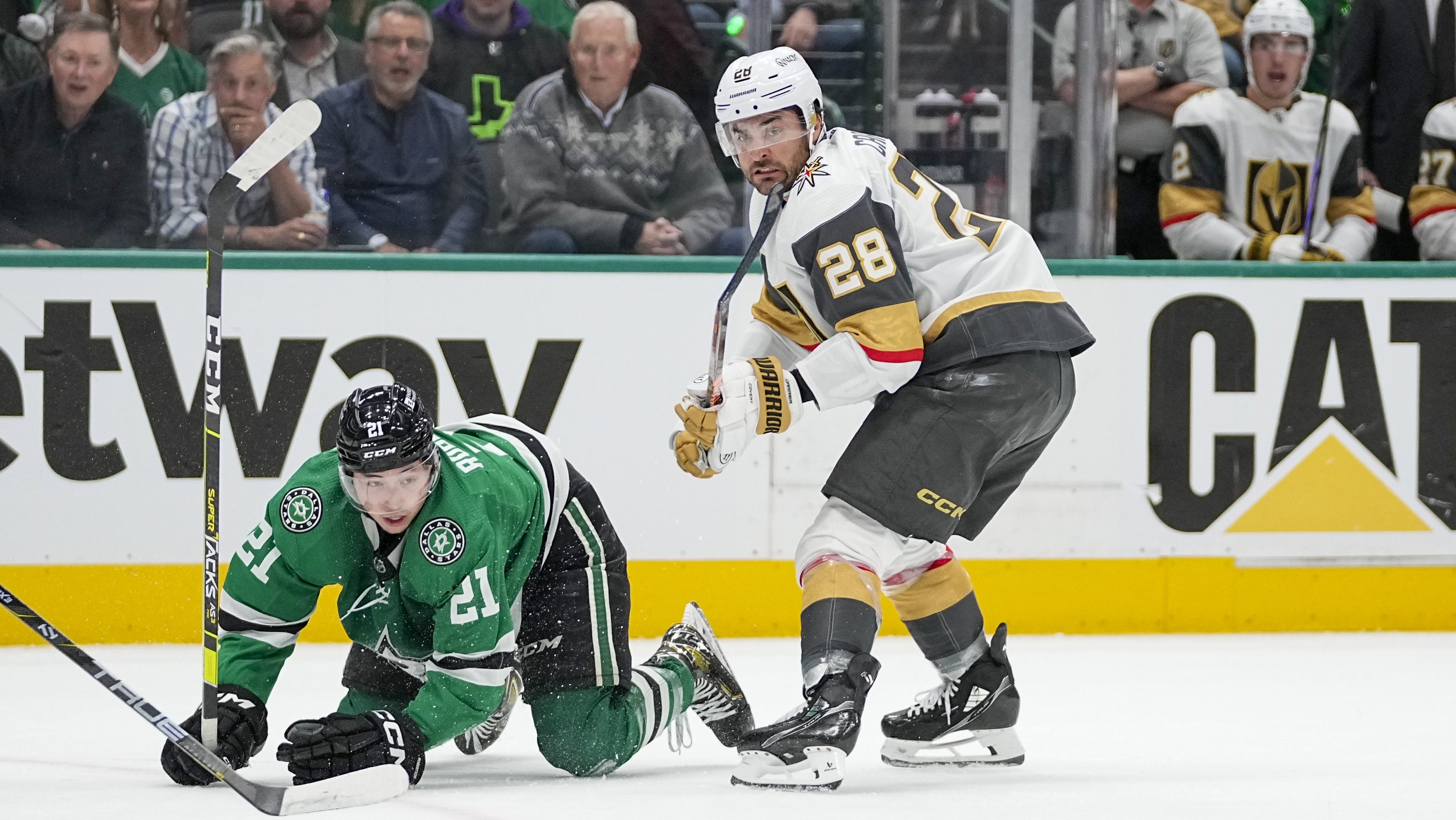The Washington Redskins’ 17-16 Monday night win over the New York Giants means that, almost miraculously, the Cowboys are just one game out of first place in the NFC East. Washington was able to hold on despite a big blunder from head coach Mike Shanahan prior to halftime. After a one-yard run, the Redskins faced a 2nd and 9 at the Giants’ 12-yard line when Shanahan inexplicably called a timeout with 1:01 remaining in the half. It was the Redskins’ first timeout, and when they kicked a field goal two plays later, there was still 46 seconds left on the clock.
I bring up this situation because the Cowboys faced a very similar one on Sunday night. With 45 seconds remaining in the half and the clock ticking, the ‘Boys called a timeout with a 1st and Goal at Philadelphia’s one-yard line. When they scored on the very next play, they left the Eagles with 41 seconds.
Since both teams had three timeouts, they could easily run any play they wished and still have plenty of time to spare. Thus, calling a timeout was likely a smart move for both squads, but they should have waited until more time had ticked away. Both the Cowboys and Redskins scored “too early” when it was unnecessary, leading to last-second field goals on the ensuing drives for the Eagles and Giants.
As a whole, NFL coaches don’t seem to properly manage the clock well prior to halftime. As the second quarter winds down, coaches should make decisions based almost entirely around the clock. Scoring is of course the main objective, but when it becomes evident that the offense will have their shots at scoring a touchdown without rushing things—such as on 1st and Goal at the one-yard line with 45 seconds and three timeouts—calls should be made to ensure the opposition doesn’t have enough time to put together a late-second drive of their own. In effect, the end of halftime is a chance to “steal” a possession in a league in which holding the football is becoming more and more valuable; as scoring continues to increase, the importance of end-of-halftime tactics will do the same.
Sports Connection
Connecting you to your favorite North Texas sports teams as well as sports news around the globe.
So just how much did the early timeouts hurt each team? Since both the Eagles and Giants kicked field goals before halftime (both of which likely could have been avoided), the cost was three points. On average, though, teams that have started with the ball at their own 20-yard line with around 40 seconds to play have historically averaged just under one point per drive. Thus, each coach cost his team about one “expected point.”
Actually, Garrett’s decision was so costly that the Cowboys would have been nearly just as well off with a 2nd and Goal at the one-yard line and 20 seconds left on the clock (worth 5.90 net expected points) as they were scoring a touchdown with 41 seconds to play (worth 5.94 net expected points); if that doesn’t exemplify the importance of end-of-half decision-making, nothing will.
Jonathan Bales is the founder of The DC Times. He writes for DallasCowboys.com and the New York Times. He's also the author of Fantasy Football for Smart People: How to Dominate Your Draft.



